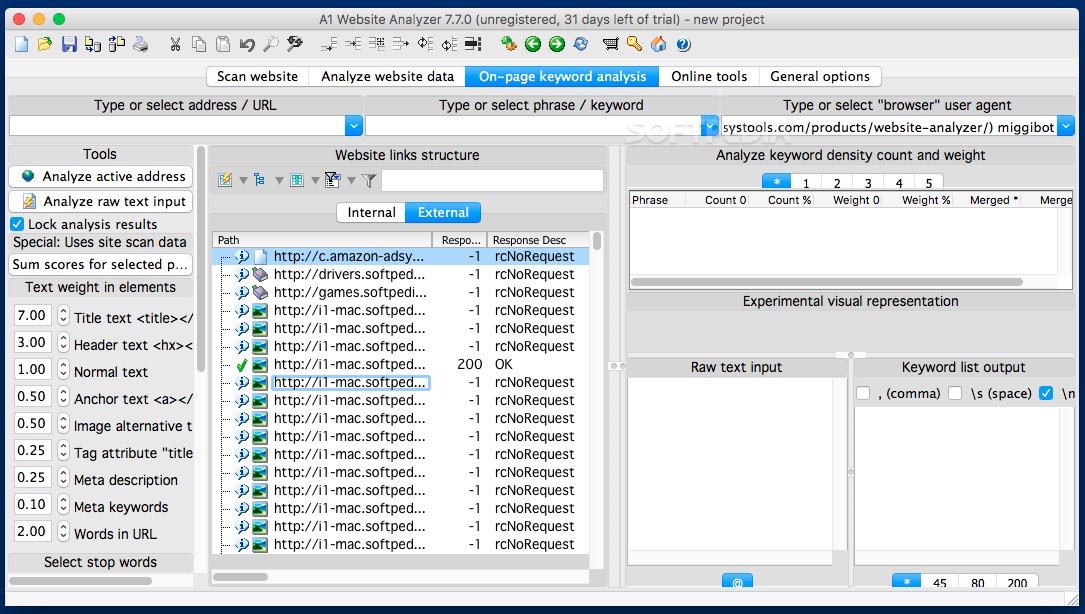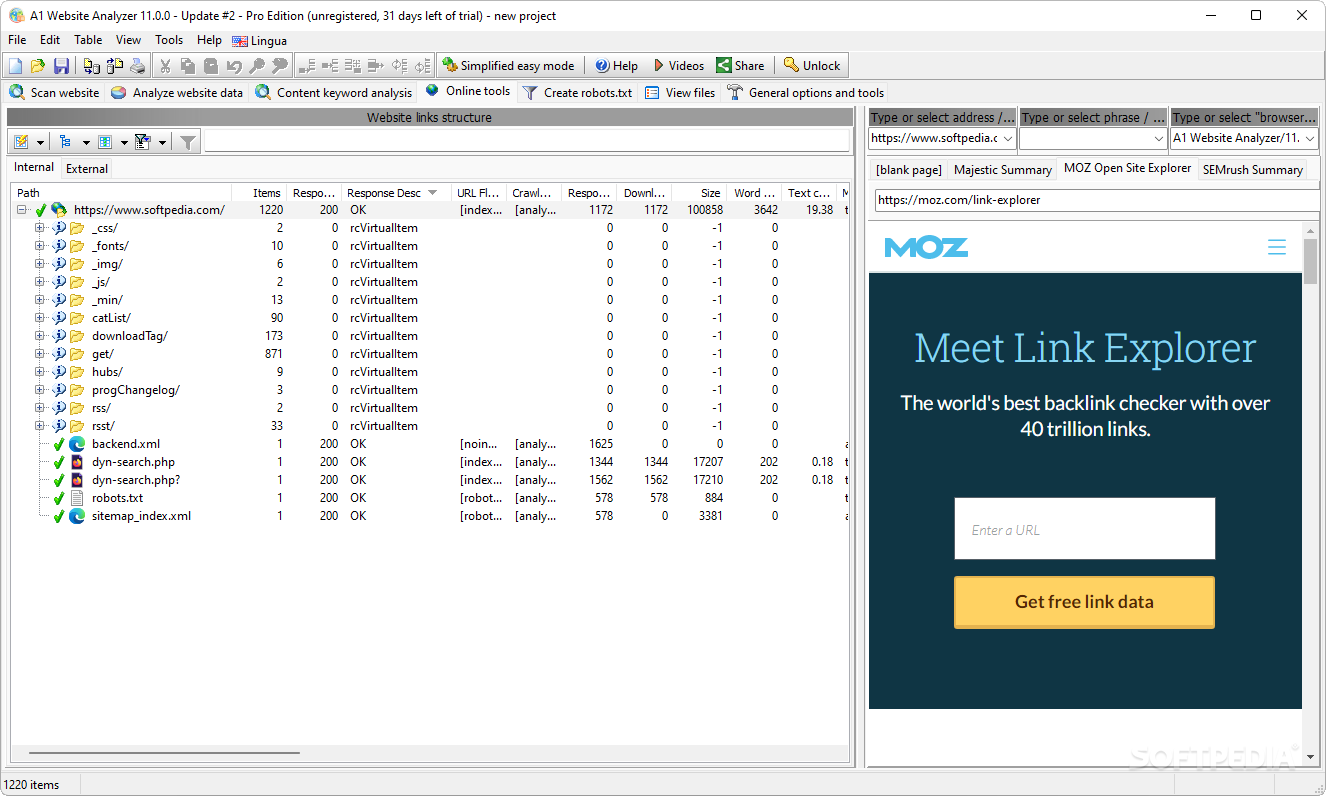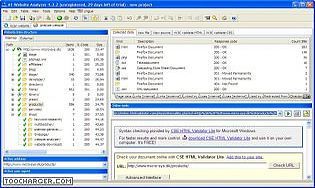
Do not claim ownership of past work, e.g., "my previously funded work." or "Our prior analysis demonstrates that…".Proposers are required to write the Scientific/Technical/Management (i.e., science justification) section of the proposal in an anonymized format, i.e., in a manner that does not explicitly identify the names of the team members or their institutions.
A1 website analyzer reveiw pdf#
Proposers should no longer include a copy of the anonymized proposal summary at the start of the uploaded proposal PDF file as was done in the past. The anonymized proposal summary shall be provided only as part of the NSPIRES cover page.
A1 website analyzer reveiw full#
The Proposal Summary of a Step-2 or full proposal must be anonymized, omitting names of the team members or their institutions as well as any other individually-identifying information. Except for the proposal summary, see below, the NSPIRES web “cover pages” (with Budget, Proposal Team and Program Specific and Business data, etc.) will be hidden from DAPR peer reviewers.

In addition, the NSPIRES page of each program element contains a document entitled “Guidelines for Anonymized Proposals,” that provides a comprehensive set of instructions for the preparation of anonymized proposals, as well as an overview of the review process.įill in all required information on the NSPIRES cover page (e.g., team members, institutions) not-anonymized. The text of each program element contains a section on the key anonymization requirements for that particular program. Read the instructions in the program element. For Heliophysics (Appendix B), both the Step-1 and Step-2 must be anonymized. The default for ROSES is that (only) the full or Step-2 proposal must be anonymized. There are two separate instructions documents, one for most ROSES programs and another for proposals for phase-1 proposals to the Astrophysics General Investigator/Observer opportunities.įor Astrophysics General Investigator/Observer programs only the Phase-1 proposals must be anonymized.
A1 website analyzer reveiw how to#
Moreover, the NSPIRES page of any program element using DAPR will host Guidelines on how to prepare proposals for Dual-Anonymous Peer Review under "Other documents". Any program using DAPR will say so explicitly in the program element text. At last count, >30 program elements in ROSES-2023 will use DAPR. Given the positive response, the number of ROSES program elements have grown. What’s more, the success rate of early-career investigators even eclipsed that of more seasoned investigators, further enriching the talent pool.

Following the switch to dual-anonymous review, women constituted 31% of the pool and finished in the top two places 32% of the time. For instance, in the ADAP program, prior to dual-anonymous review, women constituted 26% of the applicant pool, but only finished in the top two places in the panels’ rankings 16% of the time.

The results of SMD’s pilot of dual-anonymous peer review in ROSES-2020 were consistent with improvements, both in terms of the overall quality of the review process, as well as in the demographics of awardees. The objective of dual-anonymous peer review is to minimize the impact of implicit or unconscious bias in the evaluation of the merit of a proposal. Under this system, not only are proposers unaware of the identity of the members on the review panel, but the reviewers are not told the identities of the proposers until after the evaluation and rating of all proposals is complete (see below). To this end, SMD will evaluate proposals to many ROSES program elements using dual-anonymous peer review (DAPR). NASA’s Science Mission Directorate is strongly committed to ensuring that the review of proposals is performed in an equitable and fair manner.


 0 kommentar(er)
0 kommentar(er)
